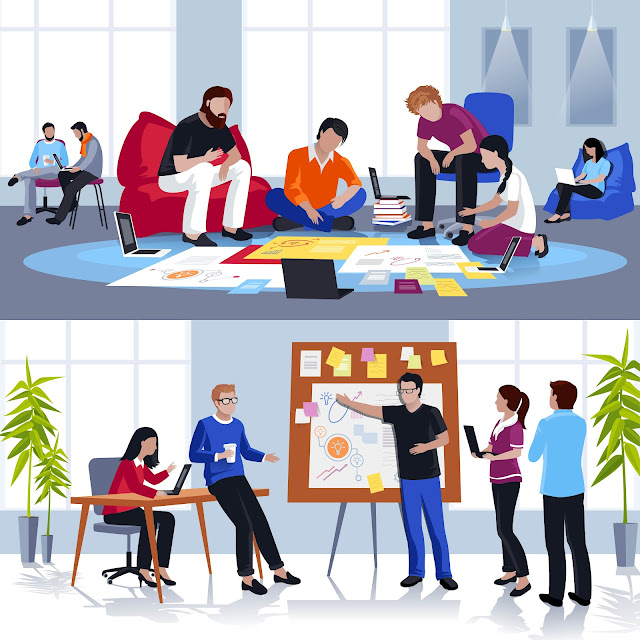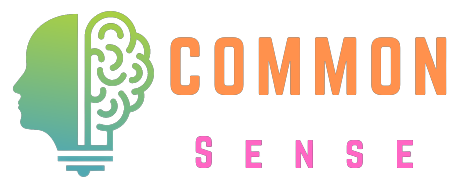
Work Together Problems
I. Understanding Work Together Problems
Work together problems encompass a wide range of challenges that arise when individuals collaborate on tasks, projects, or initiatives. These challenges can manifest in various forms, including:
1. Communication breakdowns: Misunderstandings, unclear expectations, or ineffective communication channels can hinder collaboration and productivity.
2. Conflicting priorities: Differences in goals, timelines, or resource allocation can lead to conflicts and impede progress on shared objectives.
3. Lack of coordination: Inadequate planning, coordination, or alignment among team members can result in inefficiencies and missed opportunities.
4. Resistance to change: Resistance to new ideas, processes, or ways of working can stifle innovation and hinder collaboration efforts.
5. Interpersonal conflicts: Personality clashes, ego clashes, or unresolved conflicts can create tension and disrupt team dynamics.
II. Strategies for Overcoming Work Together Problems
1. Establish Clear Goals and Expectations: Define clear goals, roles, and responsibilities for each team member to ensure alignment and accountability. Communicate expectations openly and transparently to avoid misunderstandings or ambiguity.
2. Promote Open Communication: Foster a culture of open communication where team members feel comfortable sharing ideas, concerns, and feedback. Use multiple communication channels, such as meetings, emails, and collaboration tools, to facilitate transparent communication and information sharing.
3. Encourage Collaboration and Teamwork: Encourage collaboration and teamwork by creating opportunities for cross-functional collaboration, brainstorming sessions, and team-building activities. Celebrate achievements and recognize contributions to foster a sense of camaraderie and shared purpose.
4. Address Conflict Promptly and Constructively: Address conflicts or disagreements promptly and constructively to prevent escalation and restore harmony within the team. Use active listening, empathy, and conflict resolution techniques to facilitate productive discussions and find mutually beneficial solutions.
5. Embrace Diversity and Inclusion: Embrace diversity and inclusion within the team by valuing different perspectives, experiences, and strengths. Create a culture of respect, empathy, and appreciation for individual differences, fostering creativity, innovation, and collaboration.
III. Practical Tips for Effective Collaboration:
1. Set Regular Check-ins and Milestones: Schedule regular check-in meetings or milestones to track progress, discuss challenges, and realign priorities as needed. Use these opportunities to provide updates, share insights, and address any work together problems that arise.
2. Utilize Collaboration Tools and Technologies: Leverage collaboration tools and technologies, such as project management software, communication platforms, and document sharing tools, to facilitate seamless collaboration and information sharing among team members.
3. Clarify Roles and Responsibilities: Clarify roles and responsibilities for each team member to prevent confusion or duplication of effort. Clearly define who is responsible for what tasks, deadlines, and deliverables to ensure accountability and efficiency.
4. Seek Feedback and Continuous Improvement: Encourage feedback from team members and stakeholders to identify areas for improvement and enhance collaboration effectiveness. Actively solicit input, listen to suggestions, and implement changes to optimize teamwork and productivity.
5. Celebrate Successes and Learn from Failures: Celebrate team successes and milestones to acknowledge achievements and boost morale. Likewise, embrace failures as learning opportunities, and encourage a culture of experimentation, innovation, and continuous improvement.

Conclusion
Navigating work together problems requires a combination of effective communication, collaboration, and problem-solving skills. By establishing clear goals, promoting open communication, addressing conflict constructively, and embracing diversity and inclusion, teams can overcome challenges and foster effective collaboration. With practical tips and strategies for effective teamwork, organizations can harness the power of collaboration to achieve their shared goals, drive innovation, and thrive in today's fast-paced and competitive business landscape.
FAQ
Ques 1: What are common causes of work together problems in teams?
Ans: Work together problems often stem from communication breakdowns, conflicting priorities, lack of coordination, resistance to change, and interpersonal conflicts. Addressing these issues requires effective communication, collaboration, and conflict resolution skills.
Ques 2: How can clear goals and expectations help mitigate work together problems?
Ans: Clear goals and expectations provide a common purpose and direction for team members, reducing ambiguity and confusion. When everyone understands their roles and responsibilities, collaboration becomes more efficient, and misunderstandings are minimized.
Ques 3: What role does open communication play in overcoming work together problems?
Ans: Open communication fosters transparency, trust, and collaboration among team members. By encouraging dialogue, sharing feedback, and addressing concerns openly, teams can identify and resolve issues proactively, minimizing the impact of work together problems.
Ques 4: How can teams effectively address conflicts that arise during collaboration?
Ans: Teams can address conflicts constructively by promoting active listening, empathy, and compromise. By understanding each other's perspectives and interests, teams can find mutually beneficial solutions and strengthen relationships.
Ques 5: How can organizations promote a culture of collaboration and teamwork to prevent work together problems?
Ans: Organizations can promote collaboration and teamwork by fostering a culture of respect, inclusivity, and appreciation for diverse perspectives. By providing training, resources, and support for effective collaboration, organizations can empower teams to overcome challenges and achieve shared goals successfully.







Do Leave Your Comment